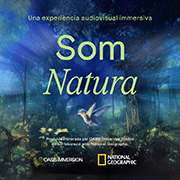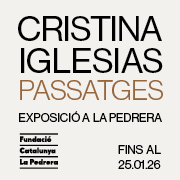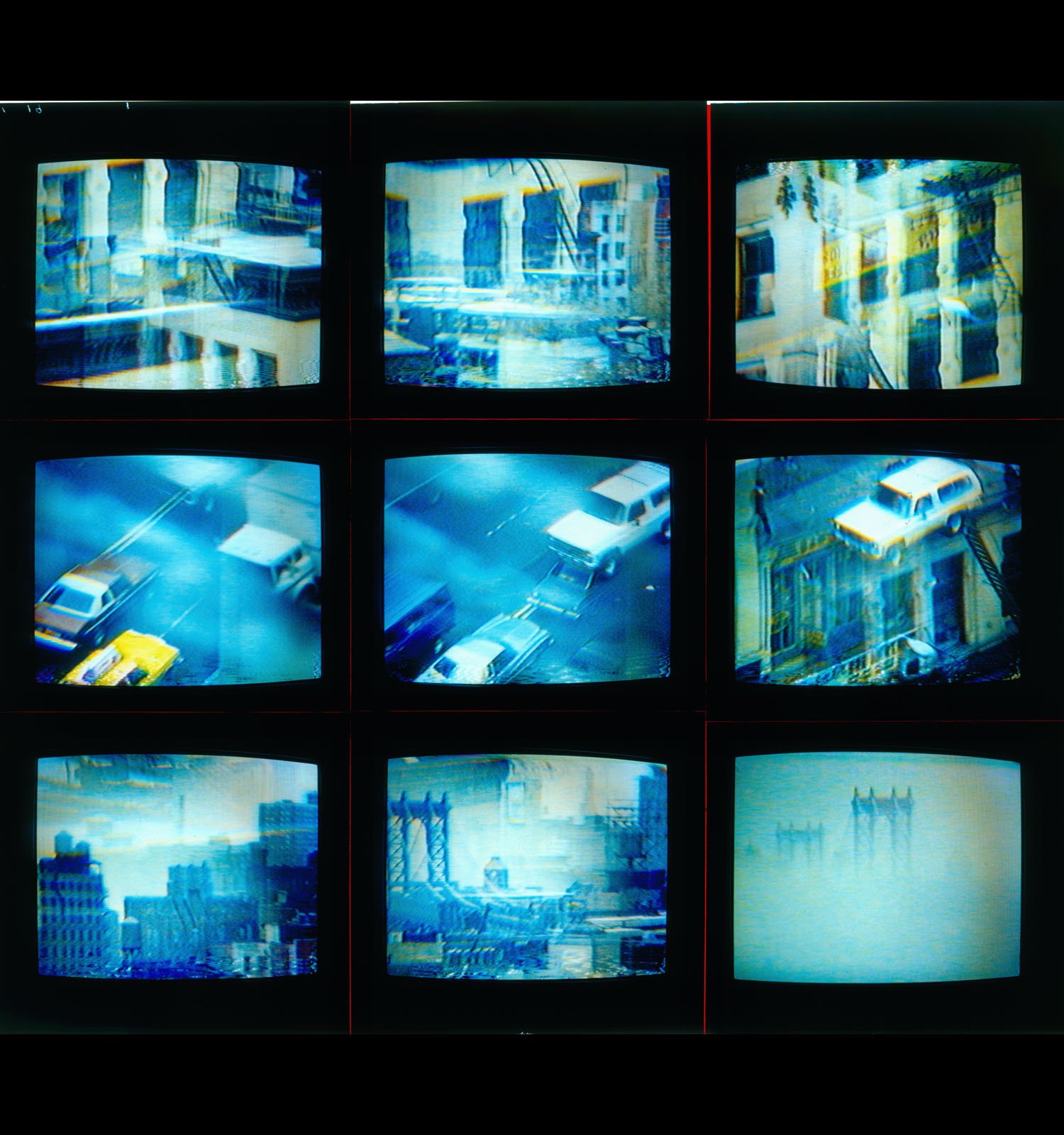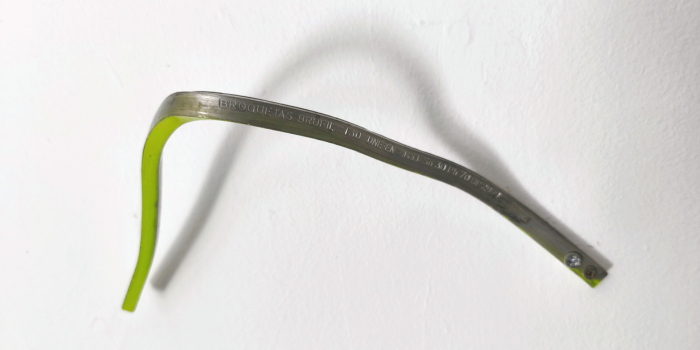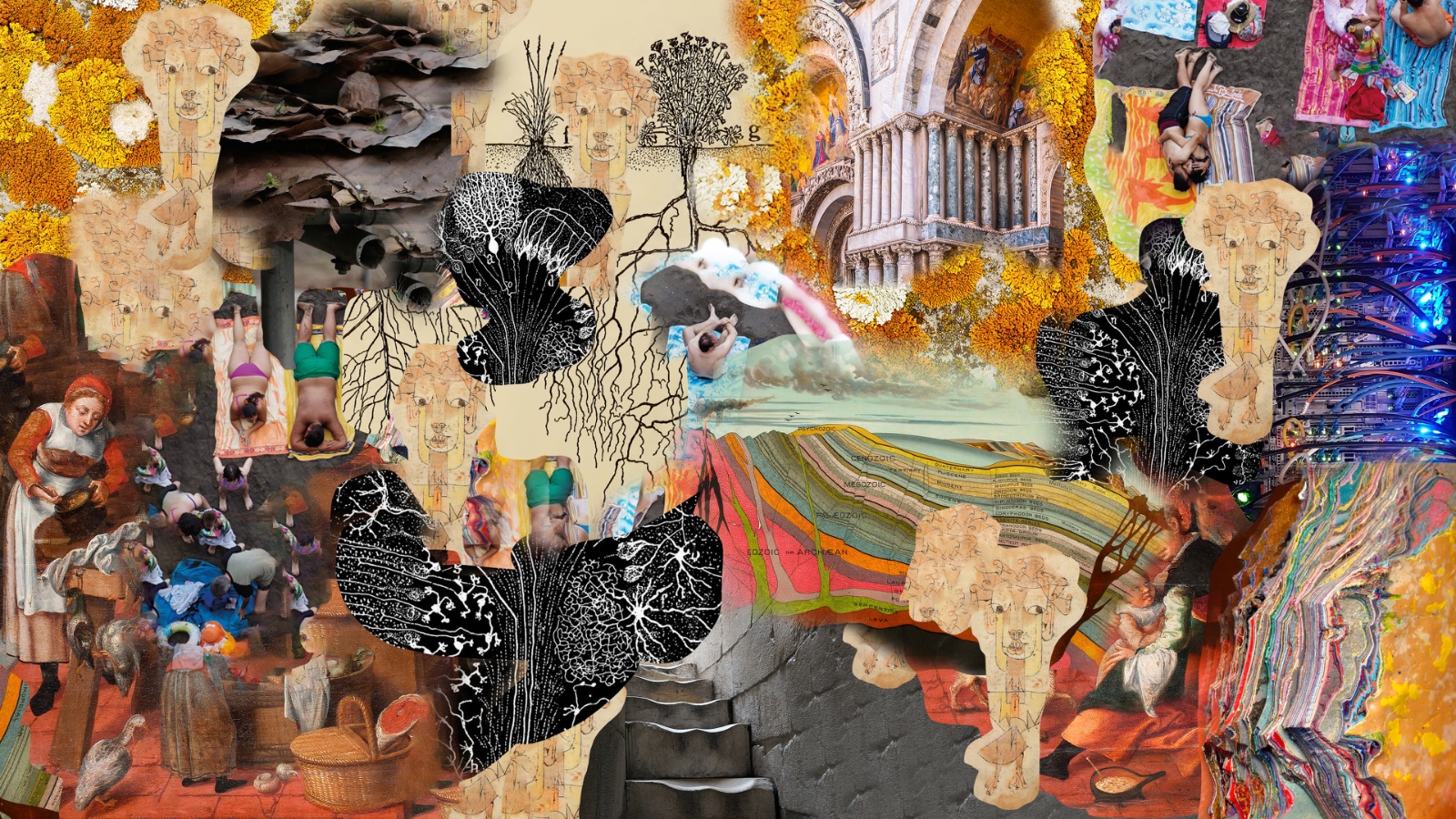Exhibitions
The universe of Maruja Mallo
The Botín Center revisits his work with a major exhibition that covers six decades of creation.
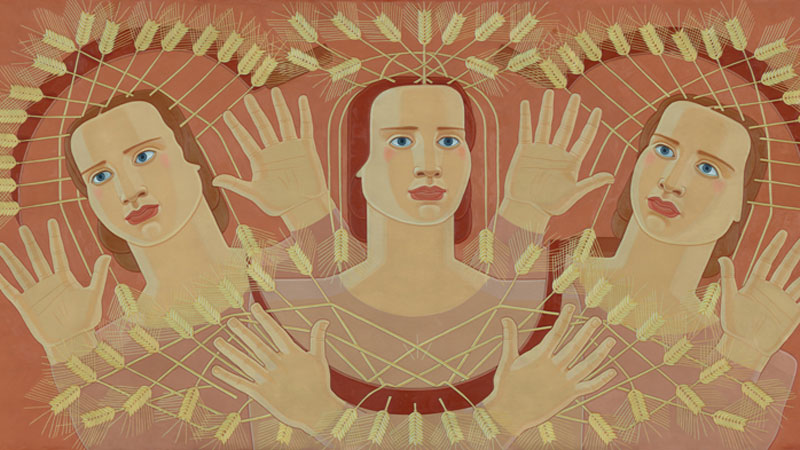
Maruja Mallo was a radically personal and visionary artist, who blurred the boundaries between avant-garde and popular culture, between aesthetics and politics, and who not only knew how to capture the tensions and aspirations of her time, but also anticipated issues that are still relevant today.
Now, the Botín Center in Santander is hosting Maruja Mallo: Mask and Compass. Paintings and Drawings from 1924 to 1982, an exhibition co-produced with the Reina Sofia Museum and curated by Patricia Molins . The exhibition brings together more than ninety works —including paintings and drawings— that allow us to understand Mallo's evolution, from magical realism to compositions full of geometric shapes, symbols and metaphors. The exhibition features pieces from collections around the world, such as the MNCARS , the Centre Pompidou in Paris , the Art Institute of Chicago , the National Museum of Visual Arts in Montevideo , the MALBA and other Argentine museums, as well as Spanish institutions and national and international private collections. A set that allows us to reconstruct the artist's artistic journey with precision and breadth.
 Maruja Mallo al seu estudi, Madrid 1936. Col·lecció Archivo Lafuente. MNCARS © Maruja Mallo, VEGAP, Santander, 2024
Maruja Mallo al seu estudi, Madrid 1936. Col·lecció Archivo Lafuente. MNCARS © Maruja Mallo, VEGAP, Santander, 2024
Maruja Mallo (Viveiro, 1902 – Madrid, 1995) was an artist with her own unique perspective. In the midst of the effervescence of the Generation of 27, she made a place for herself among names such as Lorca, Dalí and Zambrano, not only for her talent, but also for her unique ability to make the modern woman a central figure in her works. Her figures, often disguised, danced, worked, and looked opportunely and sarcastically at the world around them. The exhibition traces a chronological journey that begins with Mallo's training at the Royal Academy of San Fernando and progresses through series such as Les verbenas, her first personal works, where popular scenes loaded with theatrical symbolism and social criticism participate in the debate —key in the Generation of 27— on the relationship between avant-garde, popular art, social regeneration and tradition. In contrast, the series Cloacas y campanarios takes us into a darker universe, where the human figure becomes a trace or residue, and matter and its textures come to the fore.
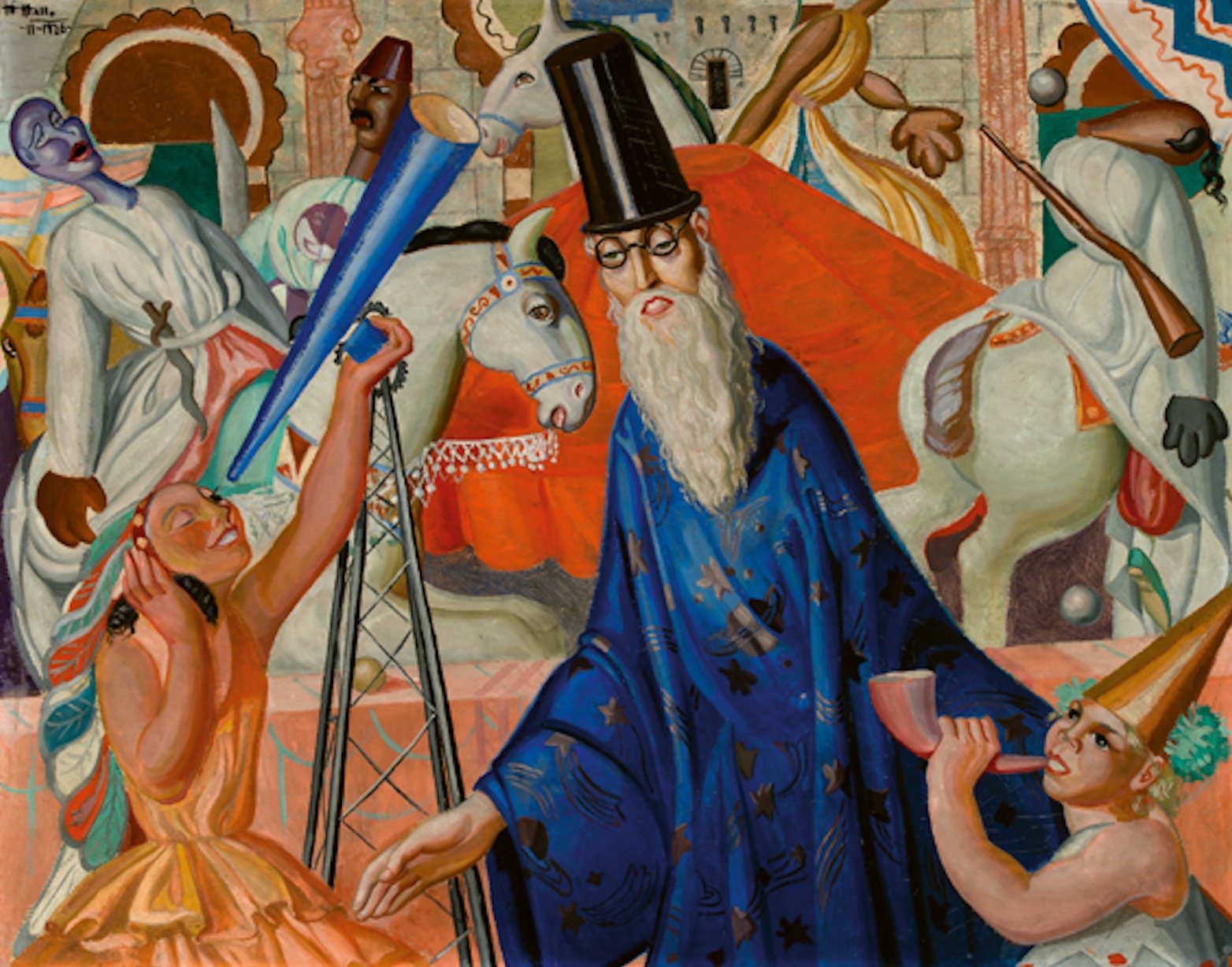 El Mag / Pim Pam Pum, Maruja Mallo (1926). The Art Institute of Chicago, The Lacy Armour Endowment Fund, 2023.3080 © Maruja Mallo, VEGAP, Santander, 2024.
El Mag / Pim Pam Pum, Maruja Mallo (1926). The Art Institute of Chicago, The Lacy Armour Endowment Fund, 2023.3080 © Maruja Mallo, VEGAP, Santander, 2024.
After the start of the Civil War, Maruja Mallo went into exile in Latin America, where her work took a new direction. On her travels through Argentina, Brazil and Uruguay, she absorbed landscapes, rituals and chromaticisms that were translated into compositions full of vitality and cultural syncretism. During this period, she also began to experiment with ideas linked to science and the concept of space-time, drawing inspiration from contemporary physics to expand her painting into another dimension. In this search, heads, masks and acrobats appear as symbolic and idealized forms that reflect her vision of art as a purified version of reality, with a gaze projected towards the future. Her Masks bear the imprint of the Freudian studies that Mallo began during those years.
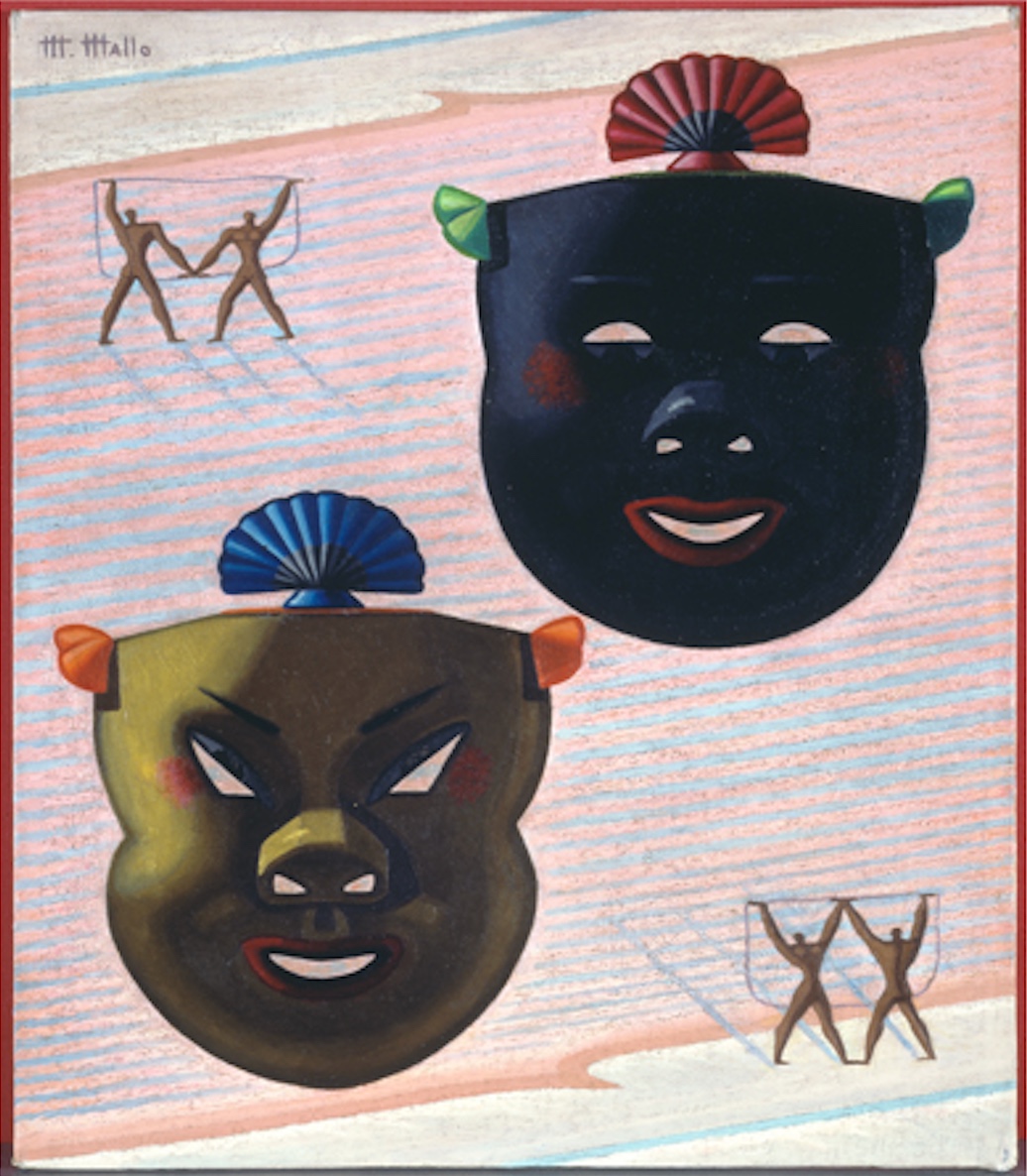 Màscares, Maruja Mallo (1949-1950). Col·lecció particular © Maruja Mallo, VEGAP, Santander, 2024
Màscares, Maruja Mallo (1949-1950). Col·lecció particular © Maruja Mallo, VEGAP, Santander, 2024
Towards the end of the exhibition, Mallo's most cosmic series appear, where the figures no longer inhabit recognizable spaces, but rather float, evolve and transform into sidereal scenarios. Mallo considered that her journeys —real or imaginary— crossing the Andes or the Pacific had been levitating experiences, connecting with superhuman dimensions. This fascination with science and the universe, which according to her took her from geography to cosmography upon arriving in America, is translated into compositions with forms that leave behind the circle to adopt winding and complex geometries. In these works, the painter moves between symbolism, scientific interest and an imagination that anticipates reflections and discourses that would not gain strength until many years later.
The exhibition ends with a selection of works from Maruja Mallo's last years, accompanied by graphic materials, photographs and videos that not only delve into her work, but also into her public figure, her media presence and her legacy. As part of the Botín Center's commitment to offering new perspectives on the great names of the 20th century, documents and materials from the Lafuente Archive are also included, which allow us to get closer to the artist's creative process and better understand how her work was received at the time. This exhibition not only rigorously traces the trajectory of a fundamental creator, but also offers a critical and revealing look at the 20th century through her eyes.
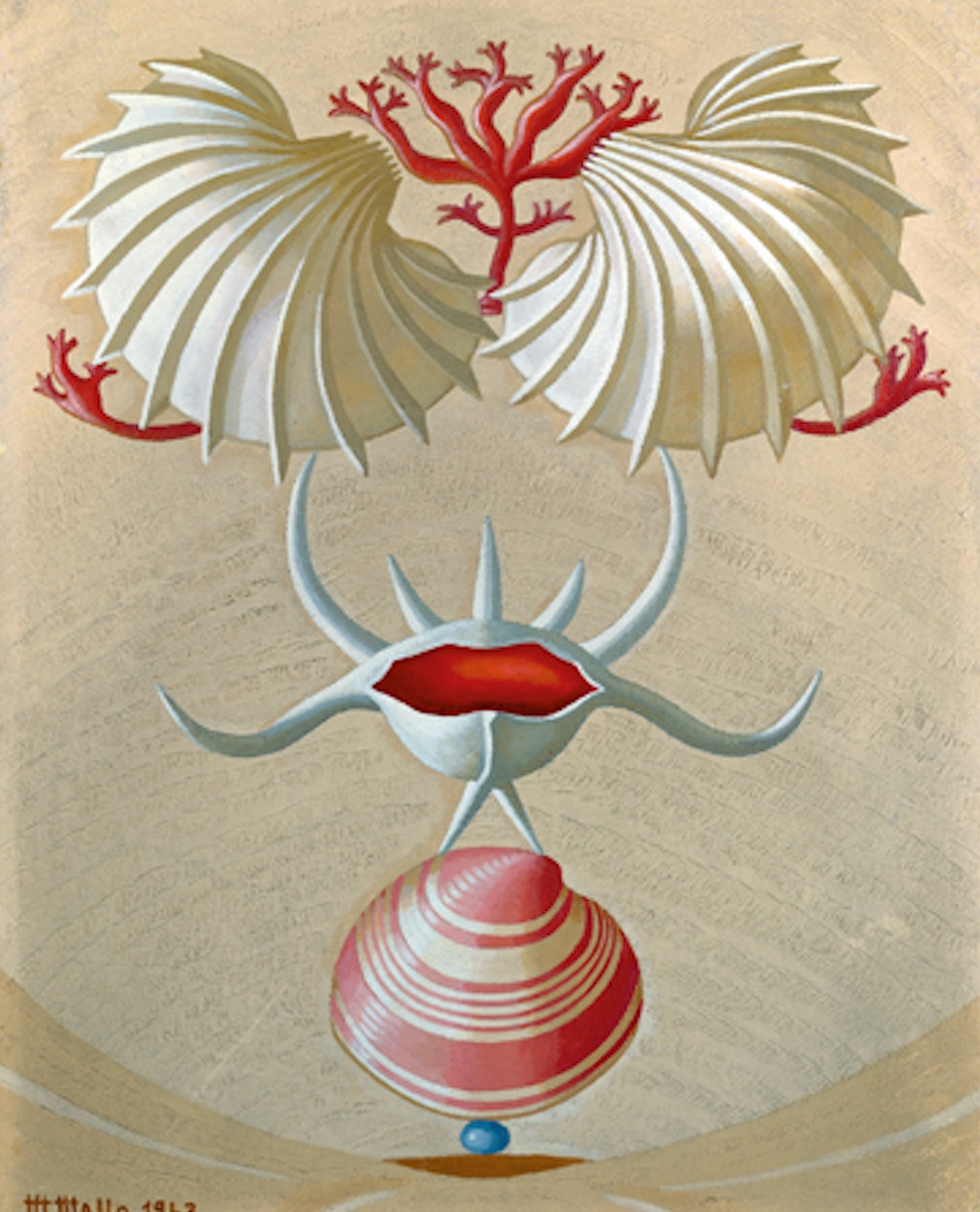 Naturalesa Viva XII, Maruja Mallo (1943). Col·lecció d’Arte Fundación María José Jove © Maruja Mallo, VEGAP, Santander, 2024.
Naturalesa Viva XII, Maruja Mallo (1943). Col·lecció d’Arte Fundación María José Jove © Maruja Mallo, VEGAP, Santander, 2024.



